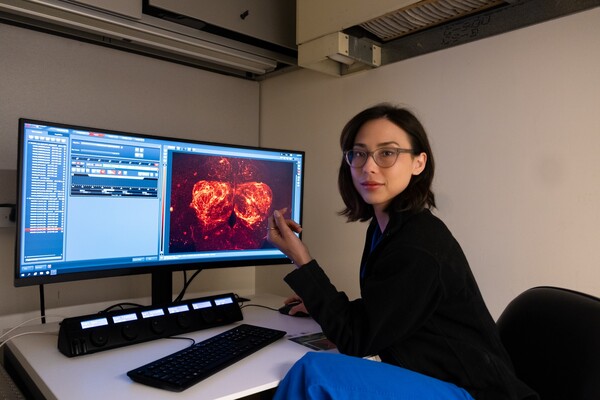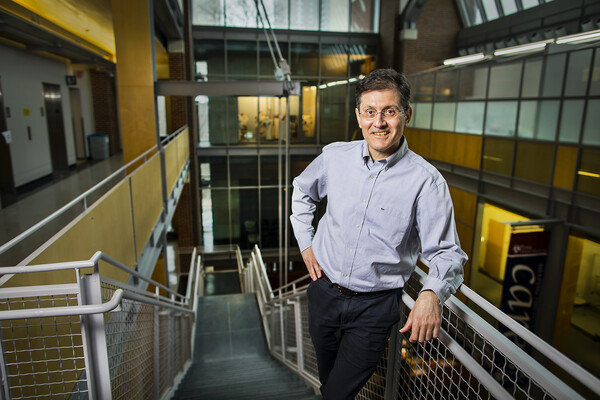
This image visualizes the Milky Way and its surrounding “halo” of stars. Most stars in the Milky Way lie in the disc (like the Sun, for example), but stars from past collisions end up in the halo, a large “cloud” of stars that extends outwards in all directions. These halo stars have been enhanced in this image, but in reality would be very dim compared to the disc. The halo appears messy and “wrinkly” here, a sign that a merger has occurred relatively recently.
(Image: Halo stars: ESA/Gaia/DPAC, T Donlon et al. 2024; Background Milky Way and Magellanic Clouds: Stefan Payne-Wardenaar)









